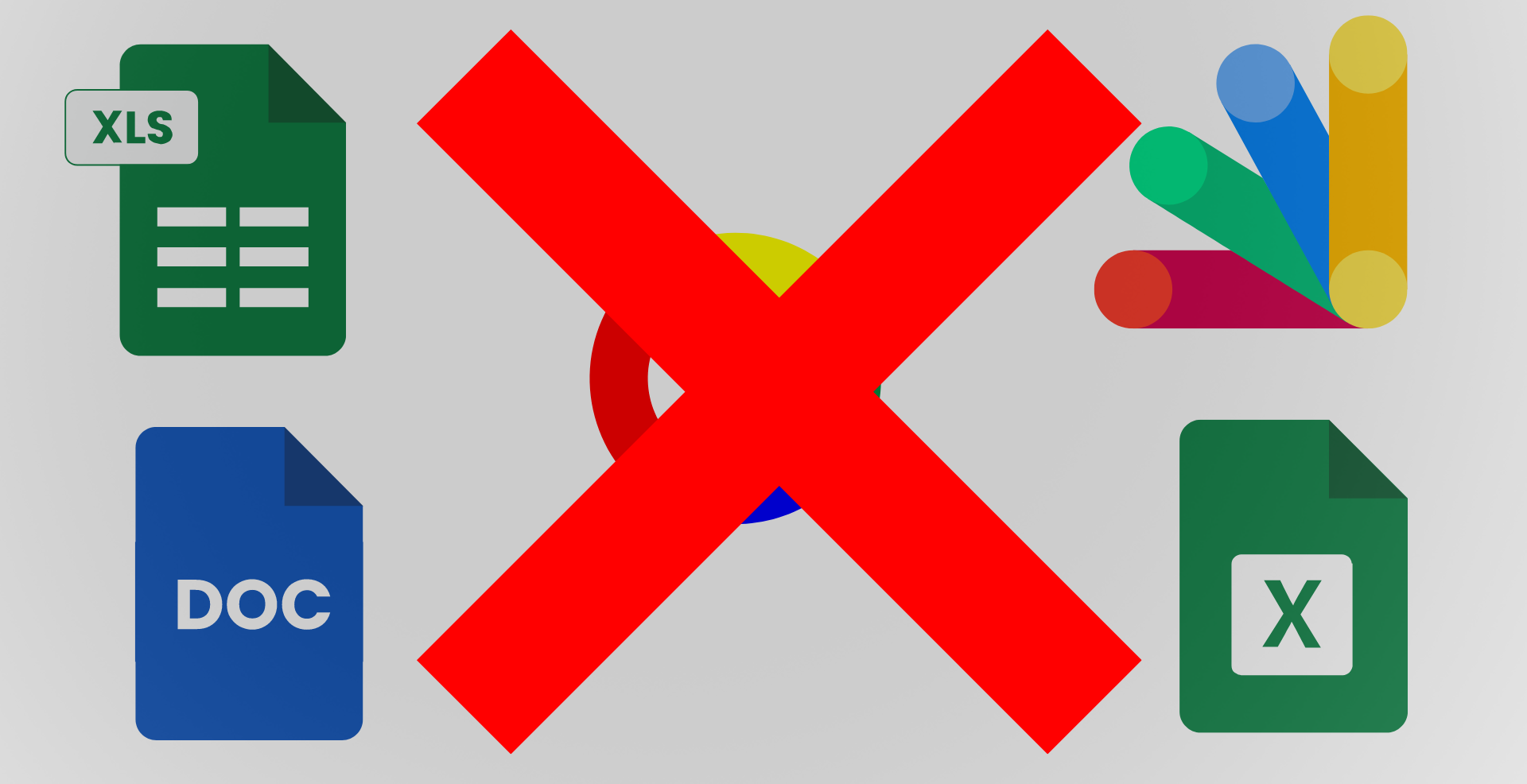
Introduction
Google Workspace, formerly known as G Suite, is a popular suite of cloud-based productivity and collaboration tools. While it offers numerous benefits, it’s also important to consider its potential drawbacks. This guide will explore the disadvantages of Google Workspace in detail, helping businesses make an informed decision.
Dependence on Internet Connectivity
Limited Offline Functionality
- Online-Only Features: Many of Google Workspace’s advanced features require an internet connection, limiting functionality during outages.
- Offline Access: While some apps offer offline access, the experience is often limited and not as seamless as when online.
Impact on Productivity
- Work Disruptions: Internet outages can halt work, affecting productivity and leading to potential business losses.
- Remote Work Challenges: Employees in areas with unreliable internet may face difficulties accessing and using Google Workspace effectively.
Data Privacy Concerns
Data Security
- Cloud Storage Risks: Storing sensitive business data in the cloud can raise concerns about data breaches and unauthorized access.
- Third-Party Access: Google’s data-sharing policies with third parties may be a concern for businesses handling confidential information.
Compliance Issues
- Regulatory Compliance: Certain industries with strict data regulations may find it challenging to ensure compliance with Google Workspace’s data handling practices.
- Data Residency: Google Workspace may not provide the option to store data in specific geographic locations, which can be a compliance issue for some businesses.
Cost Considerations
Subscription Fees
- Ongoing Costs: Google Workspace operates on a subscription model, leading to continuous costs that can add up over time.
- Plan Limitations: Lower-tier plans may have limitations in terms of storage, features, and user capacity, requiring businesses to opt for more expensive plans.
Hidden Costs
- Additional Add-Ons: Certain advanced features and third-party integrations may come with extra costs.
- Training and Support: Investing in training for employees to effectively use Google Workspace and potential additional support services can incur extra expenses.
Limited Customization
Standardized Interface
- Lack of Customization: Google Workspace offers a standardized interface with limited options for customization to fit specific business needs.
- Branding Restrictions: Businesses may find it challenging to fully integrate their branding within Google Workspace applications.
Integration Challenges
- Compatibility Issues: Integrating Google Workspace with certain legacy systems or specialized business applications can be difficult.
- Limited API Functions: The available APIs may not support all desired custom functionalities, restricting the ability to tailor the workspace to specific requirements.
Learning Curve
User Adaptation
- Training Requirements: Employees may require training to adapt to Google Workspace, especially if they are used to other productivity tools like Microsoft Office.
- Initial Downtime: The initial transition period may result in temporary downtime and reduced productivity as employees learn to navigate the new tools.
Feature Overload
- Complexity: The extensive range of features and apps can be overwhelming, leading to potential underutilization of certain tools.
- User Preferences: Some users may prefer the interface and functionality of other tools, impacting overall user satisfaction.
Limited Advanced Features
Basic Functionality
- Feature Limitations: While Google Workspace covers essential productivity needs, it may lack certain advanced features found in specialized software.
- Document Formatting: Advanced formatting and complex document creation features in Google Docs and Sheets are often considered inferior to those in Microsoft Office.
Enterprise Needs
- Scalability Issues: Large enterprises with complex requirements may find Google Workspace lacking in terms of scalability and advanced enterprise-grade features.
- Custom Workflows: Creating customized workflows and automation within Google Workspace can be more challenging compared to other platforms.
Customer Support Limitations
Support Availability
- Standard Support: Basic support is available, but advanced support options may require additional costs or higher-tier plans.
- Response Times: Response times for support requests may vary, potentially leading to delays in resolving critical issues.
Self-Service Resources
- Reliance on Documentation: Google Workspace heavily relies on self-service resources and documentation, which may not be sufficient for all users.
- Lack of Personalized Support: Personalized, hands-on support may be limited, impacting businesses with specific or complex issues.
Conclusion
While Google Workspace offers a robust suite of productivity and collaboration tools, it is not without its disadvantages. Issues such as dependence on internet connectivity, data privacy concerns, cost considerations, limited customization, learning curves, and customer support limitations can impact its suitability for certain businesses. By understanding these drawbacks, businesses can make a more informed decision about whether Google Workspace is the right choice for their needs.




